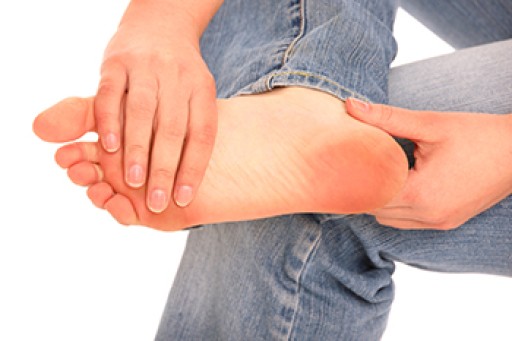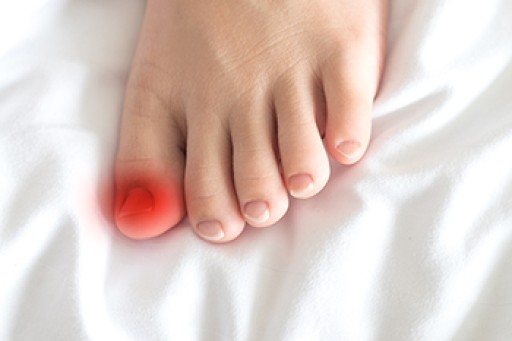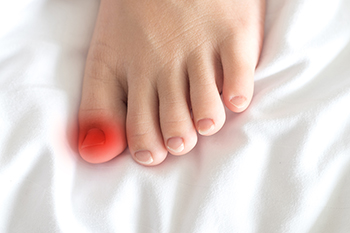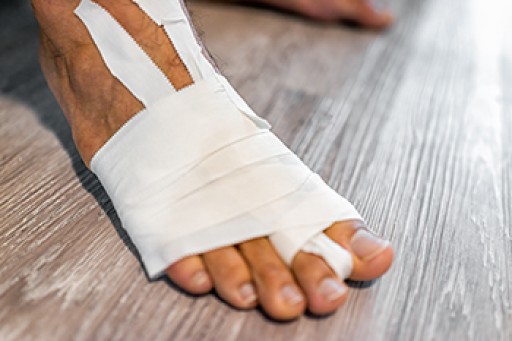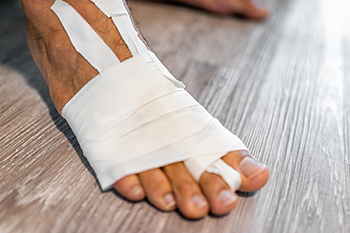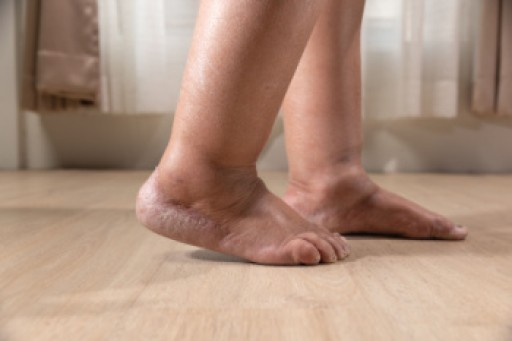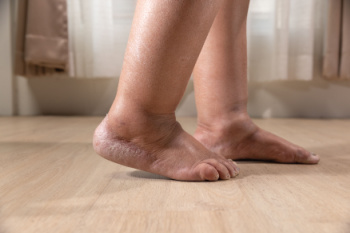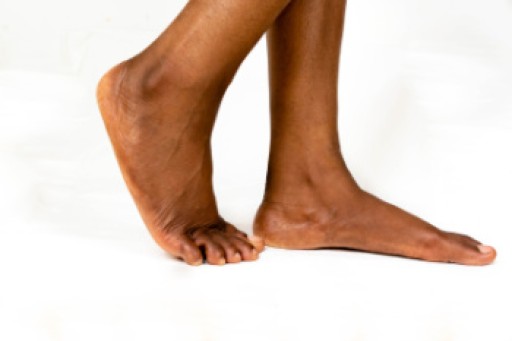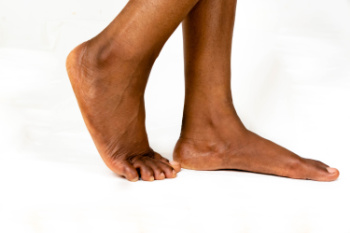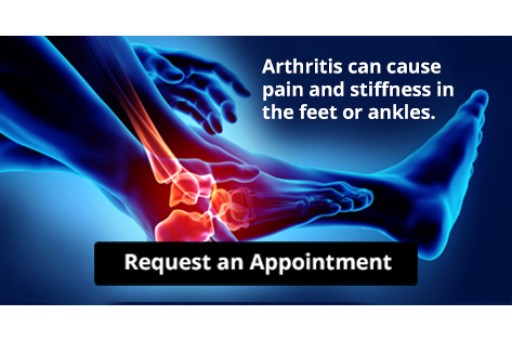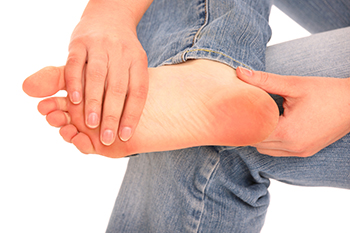
Metatarsalgia causes pain and inflammation in the ball of the foot, often described as a burning, aching, or a sharp sensation beneath the toes. It may feel like standing on a pebble or sharp object, especially during walking or running. Causes include high-impact activities, improper footwear, excess weight, or wearing high heels. Symptoms may worsen with activity and improve with rest, and the area may appear slightly swollen or red. A podiatrist can diagnose metatarsalgia through a physical examination, gait analysis, and imaging tests, such as X-rays. Treatment options include custom orthotics, footwear changes, anti-inflammatory medications, and stretching exercises. In more persistent cases, additional procedures may be recommended. Addressing the condition early can prevent further complications and improve mobility. It is suggested that you make an appointment with a podiatrist to receive a proper diagnosis and treatment.
Foot Pain
Foot pain can be extremely painful and debilitating. If you have a foot pain, consult with one of our doctors from Advanced Foot & Ankle Medical Center. Our doctors will assess your condition and provide you with quality foot and ankle treatment.
Causes
Foot pain is a very broad condition that could be caused by one or more ailments. The most common include:
- Bunions
- Hammertoes
- Plantar Fasciitis
- Bone Spurs
- Corns
- Tarsal Tunnel Syndrome
- Ingrown Toenails
- Arthritis (such as Gout, Rheumatoid, and Osteoarthritis)
- Flat Feet
- Injury (from stress fractures, broken toe, foot, ankle, Achilles tendon ruptures, and sprains)
- And more
Diagnosis
To figure out the cause of foot pain, podiatrists utilize several different methods. This can range from simple visual inspections and sensation tests to X-rays and MRI scans. Prior medical history, family medical history, and any recent physical traumatic events will all be taken into consideration for a proper diagnosis.
Treatment
Treatment depends upon the cause of the foot pain. Whether it is resting, staying off the foot, or having surgery; podiatrists have a number of treatment options available for foot pain.
If you have any questions, please feel free to contact our offices located in Agoura Hills, Simi Valley, Thousand Oaks Marin St., and Thousand Oaks Haaland Drive, CA . We offer the newest diagnostic and treatment technologies for all your foot care needs.
